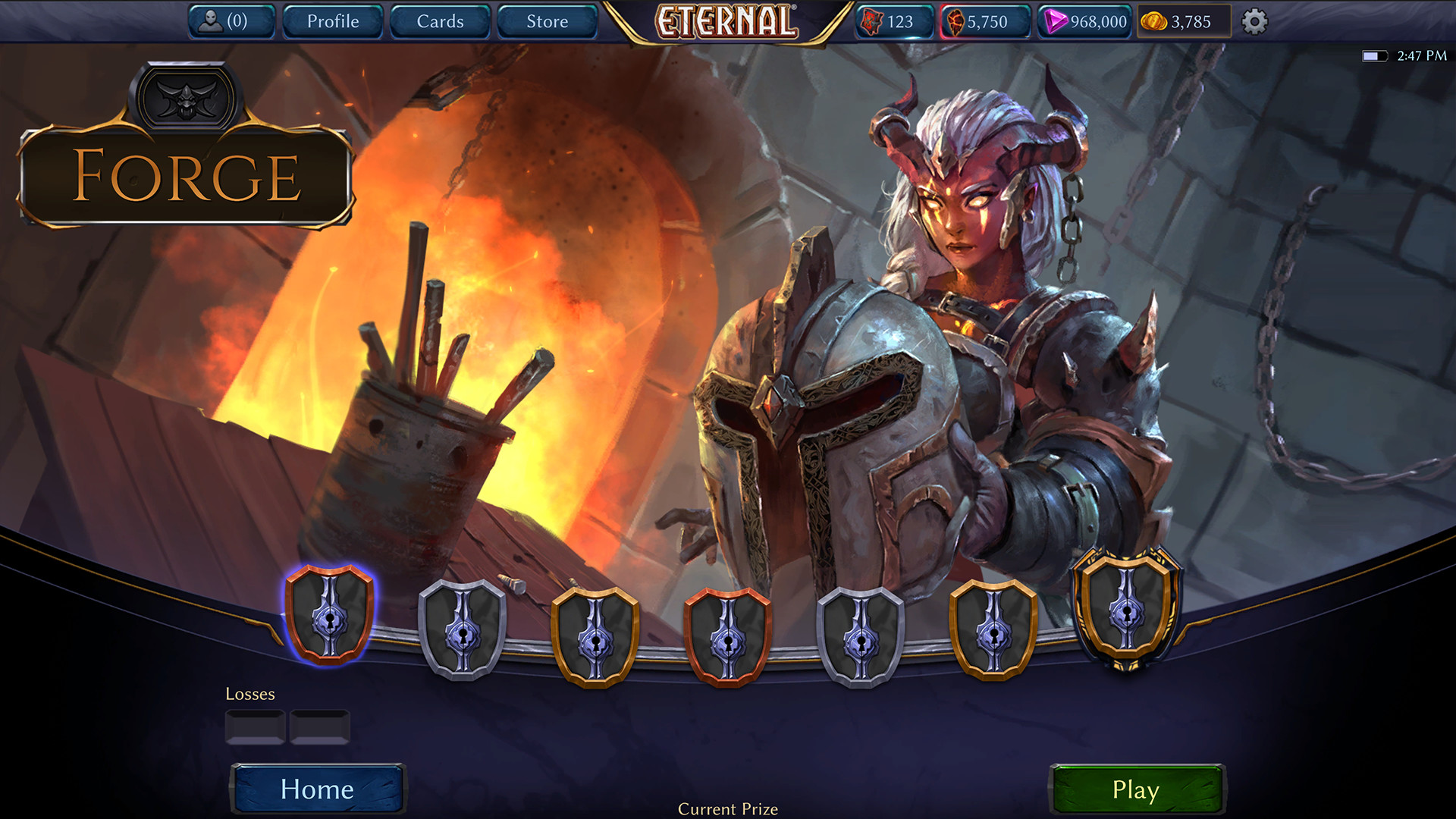


When the Peahen card is revealed in the deck, it’s cards down. Good for mitigating those negative nellies you are likely to earn at the start! This is something you will want to do as it will reward you an extra point for every card used in your plume at the end game. If you get to the bottom of any plume, the single card is flipped over to show the stunning peacock side. So, in effect, your widest row also sets the available colour palette for that particular plume. You can only add a feather to a lower layer if the same colour is represented in the previous one. The layers aren’t just a Jacob and his Technicolour Dream Coat affair either. If you start a plume but only get as far as one card, that’s always negative too. But of course, you need a big wide base in order to fit as many other point scoring layers in as you can. The widest row of each plume actually scores you negative points at the end game. Well, as you may have guessed, you’ll be parading your plumes in triangular form, with the widest part at the top. Plumes Assemble! I mentioned building plumes. Then draw one from the deck and swap one from your hand with a card in the train.īut, remember! you can never hold more than 6 cards, so if drawing a second card would give you a hand of 7, you must swap one of the feather cards in your hand with one in the train instead. Or by swapping two cards from your hand with those in the train. Then replenish your hand by either drawing 2 cards from the feather deck. The cards can both go into the same plume or split up. Play 1 or 2 cards from your hand to start a new plume or add to an existing one you are already building. The mechanics of a turn are just as straightforward: Finally, flip over the top 5 cards and place them in a row to the right of the feather deck, this is the feather train. The Peahen card is then shuffled into those 7 and these 8 cards go at the bottom of the feather deck. These then get reshuffled and the top 7 are removed. Everyone gets to choose 6 and the rest are returned to the feather deck. Shuffle them up and deal each player nine cards. Two players: use only 0-6 cards (note: publisher official solo mode uses this deck set also).Super simple to get to the table, the first step is to prepare the tail feather deck which has 100 cards in sets numbered 0-9 in ten beautiful colours. Fortunately, I had already fallen for Enchanted Plumes. It seems that the superstition traces back to the “evil eye” markings that were thought to belong to the female demon, Lilith. Being an eternal learner, however, I wanted to find out why. Having never had a reason to doubt her superior intellect in all things, I accepted the statement as fact.
/pic4628398.jpg)
Graphics: Graphics card with OpenGL 3.A very clever pal of mine recently told me that peacock feathers are unlucky.

ETERNAL CARD GAME PODCAST WINDOWS 10
Operating System: Windows 7, Windows 8.1, Windows 10.Graphics: Graphics card with DX10 or OpenGL 3.x capabilities.Processor: Intel Pentium D or AMD Athlon 64 X2.Operating System: Windows Vista, Windows 7, Windows 8.1, Windows 10.Combat consists of both attacking and blocking, so both players make strategic decisions in every fight, and Fast Spells that can be played on the opponent's turn mean that players are never totally safe. Players use 75-card decks in fast-paced battles involving spells, summoned units, and weapons that allow player avatars to attack. The game was first previewed at PAX South 2016, and was released into open beta in November 2016. Eternal is a free-to-play strategy card game from indie game developer Dire Wolf Digital.


 0 kommentar(er)
0 kommentar(er)
